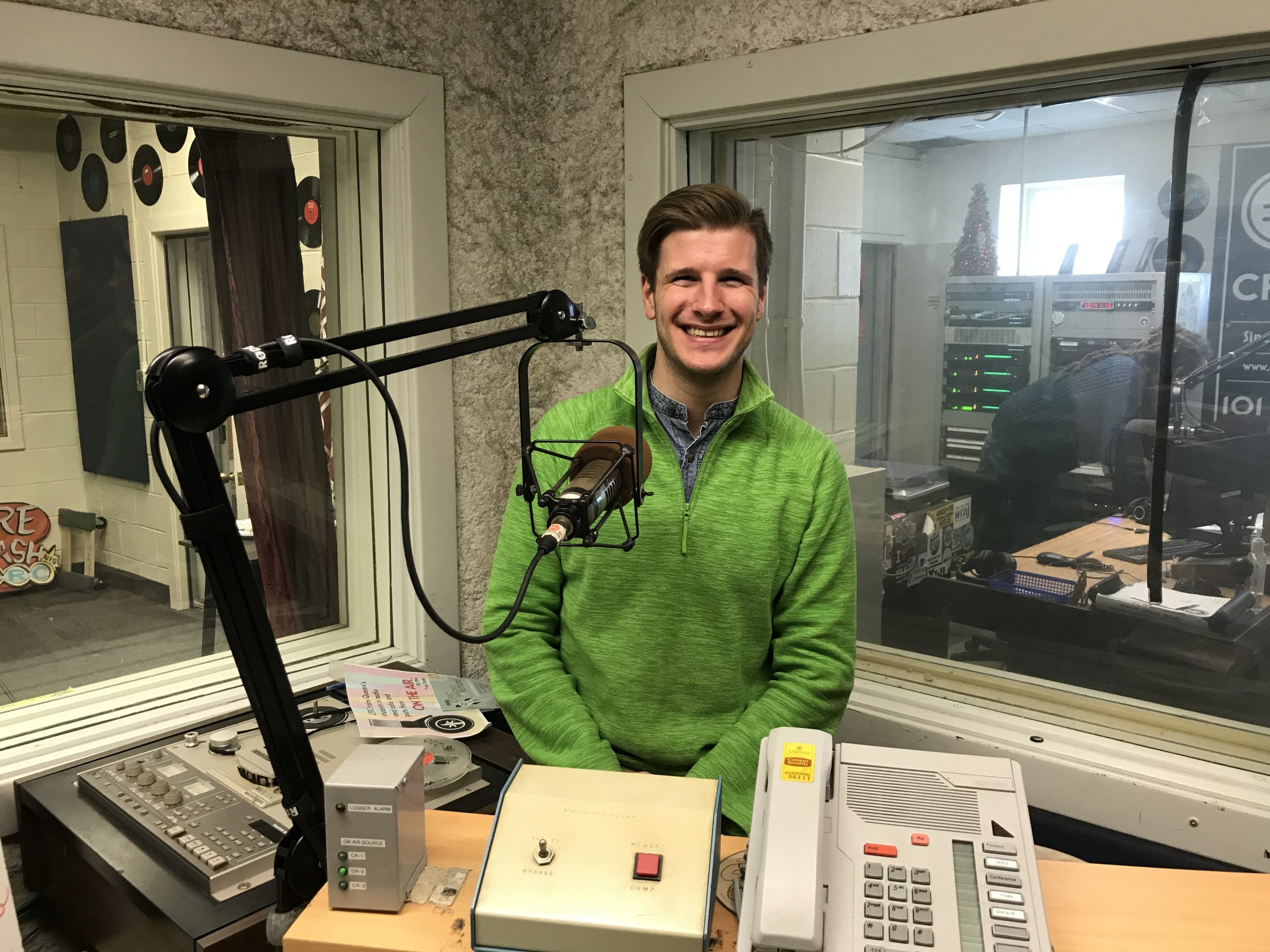OR in other words – Precisely and Reliably Capturing Tiny Liquid Volumes
The challenge of pipetting small volumes, i.e., sub-microliter amounts, is ubiquitous among the fields of biology, chemistry, and engineering. While accurately and precisely pipetting at the sub-microliter level is indeed a dilemma, the issue is further compounded when dealing with non-aqueous solutions, e.g., biofluids, non-volatile organics, and volatile organics, especially at non-ambient conditions, i.e., elevated or lowered temperatures. Furthermore, given a suitable sub-microliter pipetting technique that accommodates these challenging liquids and their idiosyncrasies, the technique should be potentially automatable, or integrable with automation, for use with assay development and high-throughput screening. My research project aims to circumvent some of the issues associated with handling small volumes of challenging liquids in a manner that is compatible with existing automation systems, namely modified 3D printers and a commercially-available pipetting robot. By using cheap stock materials and pre-existing automation systems, this project will develop a novel “pipetting” technique that reproducibly meters nanoliter-scale liquid volumes for subsequent proof-of-concept testing with an automated well plate-based assay

I examine what affective change towards an ethical space, process and practice of engagement can be achieved in polar bear research and management through...

Examing the role of private lending practices in Canada’s international higher education system, focusing on the socio-economic impacts of predatory lending on international student...

Topic: Developing the Continuous Online Leaching Method for use in Bioaccessibility Risk Assessments Overview: When soil is contaminated, we must perform a risk assessment...